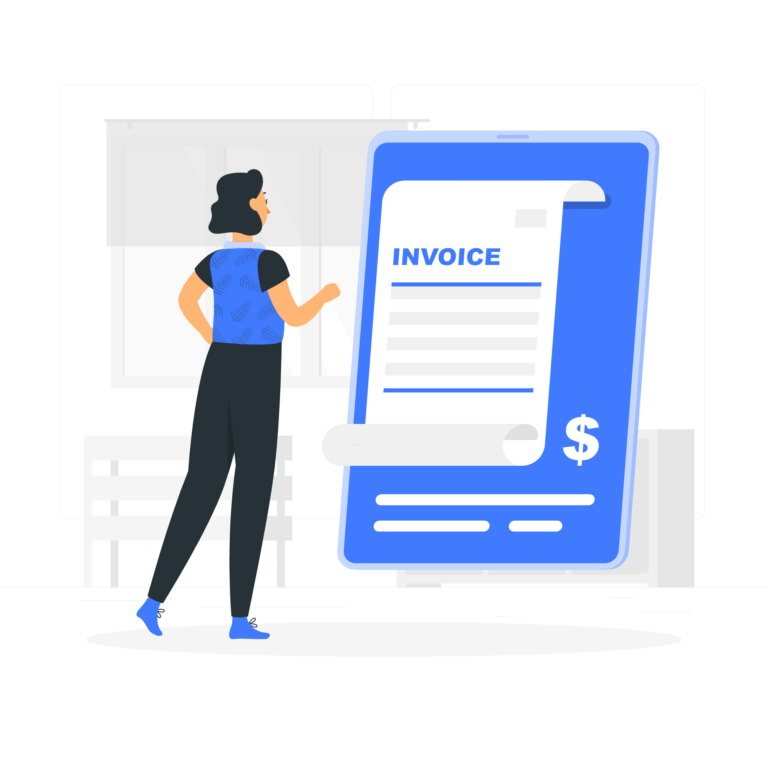Change is a challenge for most people, especially for accountants well-known for their preference for traditional methods when managing accounts payable. Further, the transition everyone had to make due to the pandemic has been difficult. Yet, many businesses have taken lessons from the COVID-19 crisis, including those signaling their time to update their manual processes with accounts payable automation.
Even before remote work became the norm, manual accounts payable processes have caused ongoing problems with inefficiency, human error, and even fraud. Some of the most significant pain points include missing or lost invoices. According to the Business Insider Accounts Payable Automation Report, AP automation can decrease 81% costs while improving efficiency by 73%. So let’s take a look at some of the typical accounts payable processes and where automation can provide welcome assistance.
What is accounts payable?
When an organization purchases goods or services from a vendor on credit, which requires payment within a specified amount of time, the accounting term is Accounts Payable (AP). When documented on a balance sheet, it is listed under “current liabilities.” Within a business, the AP team is responsible for sending payments owed by their organization to other vendors or even creditors.
AP can function as a department in larger companies or combine payables and receivables within smaller companies. On top of paying bills, AP also manages business travel expenses from airline ticket purchases to hotel stays for company employees and executives. Once business travel has taken place, AP will settle the payments and travel reimbursement requests.
AP also takes care of holding and distributing petty cash along with internal reimbursements for various company-related expenditures. To receive a refund, employees typically have to turn in a log report and receipts for approval. AP is also responsible for sales tax exemption certificates.
There are also vendor payments to manage, such as payment terms, W-9s, and contact information. AP usually addresses all pre-approved purchase orders and month-end aging analysis reports that describe how much the company owes its vendors and creditors.
Other functions handled by AP include working on strategies and implementing protocols to help the business save money. For instance, they may recommend making payments during an offer or discount period. AP may also manage the vendor relationships and help to negotiate better rates.
What are AP procedures?
There are processes that the AP department will follow. These guidelines are implemented to help them deal with the volume of transactions and documents they must manage during the year.
The processes may include:
- Receiving bills
- Reviewing bills
- Manually updating current records
- Sending and processing payments on time
All of these processes require verifications, account details, payment vouchers, approvals, and more.
To help mitigate fraud, AP may institute process checks to:
- Prevent payment of a fraudulent invoice
- Avoid paying a vendor twice
- Record all vendor invoices
- Prevent payment of an inaccurate invoice
Traditionally, AP would manage all of these processes manually, including:
- Data entry
- Line-by-line reviews of the numbers such as matching POs to invoices and delivery
- Filling out paper documents
An APQC study revealed that automation could reduce the cost per invoice by up to five times. Invariably, manual processes are prone to human error and inaccuracies or a limited amount of oversight. However, you can avoid these issues while improving turnaround times with automation.
The road ahead
There isn’t any question that automation can improve AP processes, especially around organization and centralization. Start by automating processes that rely on legacy systems and outdated spreadsheets. Both vendors, and consumers, seek to work with organizations that are efficient, reliable, organized, consistent, predictable, quick, and responsive. Manual entry and review are neither efficient nor reliable. Moreover, if your processes aren’t timely, your partners will move on to a more agile organization. This is about removing the bottlenecks and streamlining the AP process.
The benefits of accounts payable automation
The good news is you can automate the matching of POs to invoices and delivery while automatically tracking delivery times and invoice payments. When you automate AP processes, you cut down on time-consuming tasks while eliminating the need to process invoices multiple times. Not to mention, you can simplify exceptions for invoicing mistakes. Once this is accomplished, your vendor relationships will start to flourish.
Here are a few examples of how automation can help:
- Get a more in-depth look at the big picture, any time. Real-time reporting offers KPIs at a glance so that you can pinpoint issues and non-compliance with company policies. Also, managers can use automation to ensure AP is working productively. Automation brings transparency to the forefront.
- Resolve audit and compliance issues. There isn’t any question that preparation for an audit is quite time-consuming. Going about this manually means searching through paper files to validate approvals. Yet, most sectors are subject to increasing industry-wide regulations from state, local, and federal agencies. Using automation can simplify compliance by providing audit trails automatically populated with modifications, participants, and approvals. As a result, authorized stakeholders can quickly find the information they need to meet compliance.
- Streamline processing. To illustrate, you can eradicate human error around invoice processing from capture to payment. So then, you don’t need to spend as much time around oversight. You can eliminate duplicate payments and overpayment. All exceptions are immediately flagged. And, budgeting, reporting, and auditing become more accurate. The AP team does not have to enter and re-enter data throughout multiple, disparate systems. An automation platform can remove the friction and seamlessly integrate with current systems.
Final thought
It’s time to upgrade AP and become a market leader in your industry – offering accurate services when others still depend on outdated manual processes. If you’re ready to streamline your AP processes with automation, ProcessMaker is here to help.





